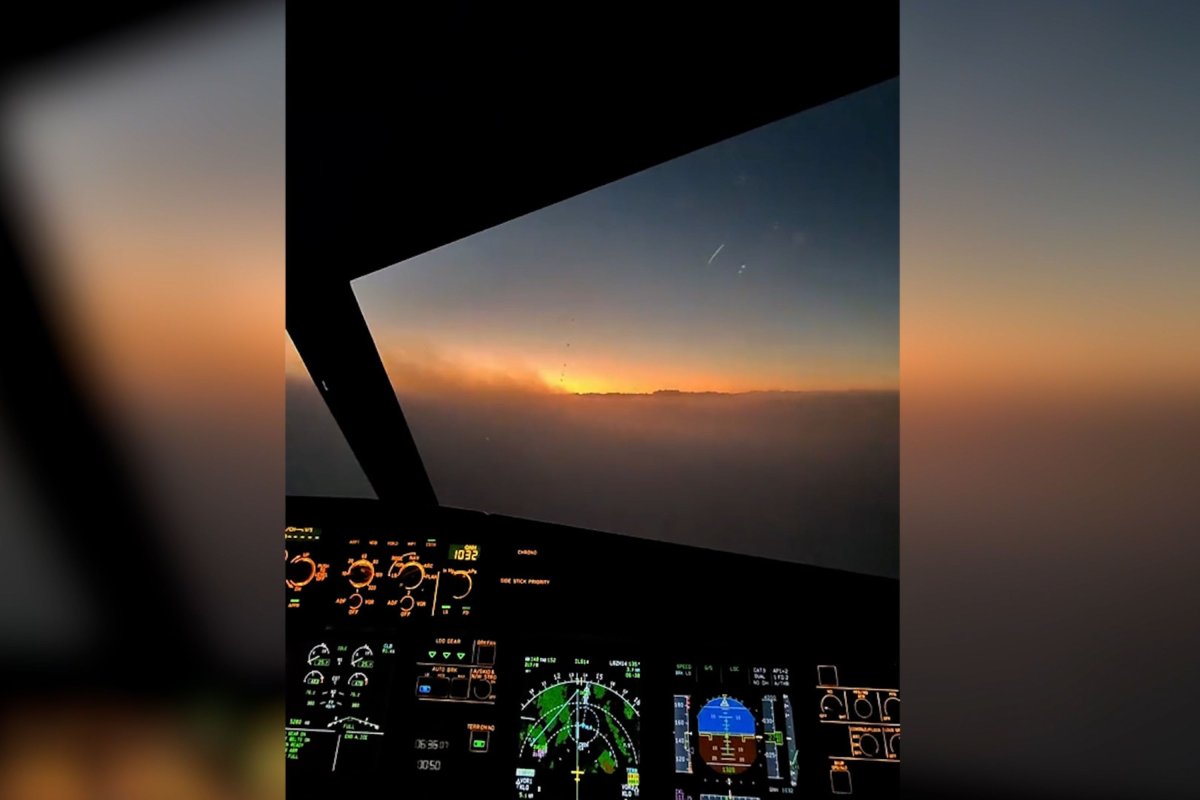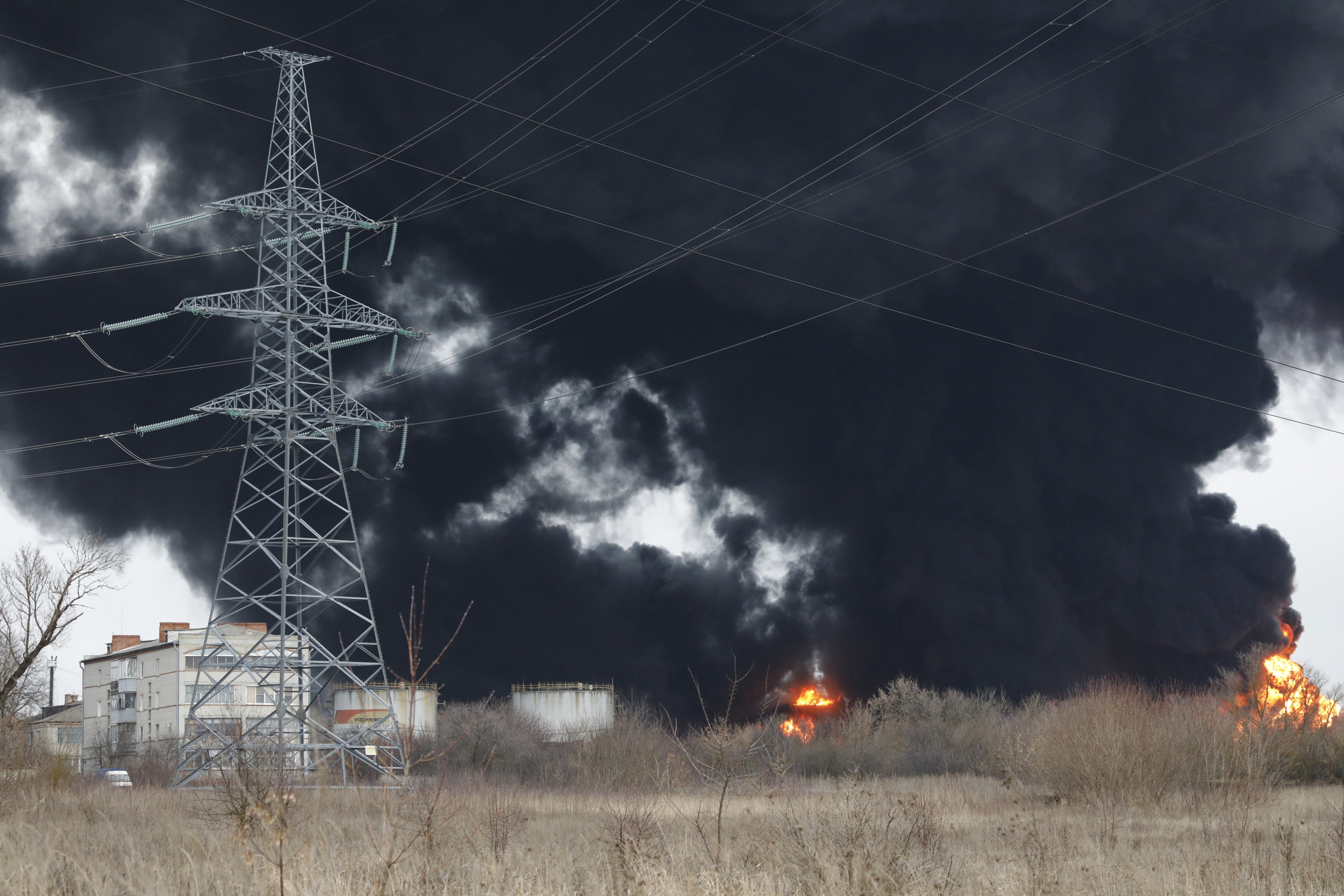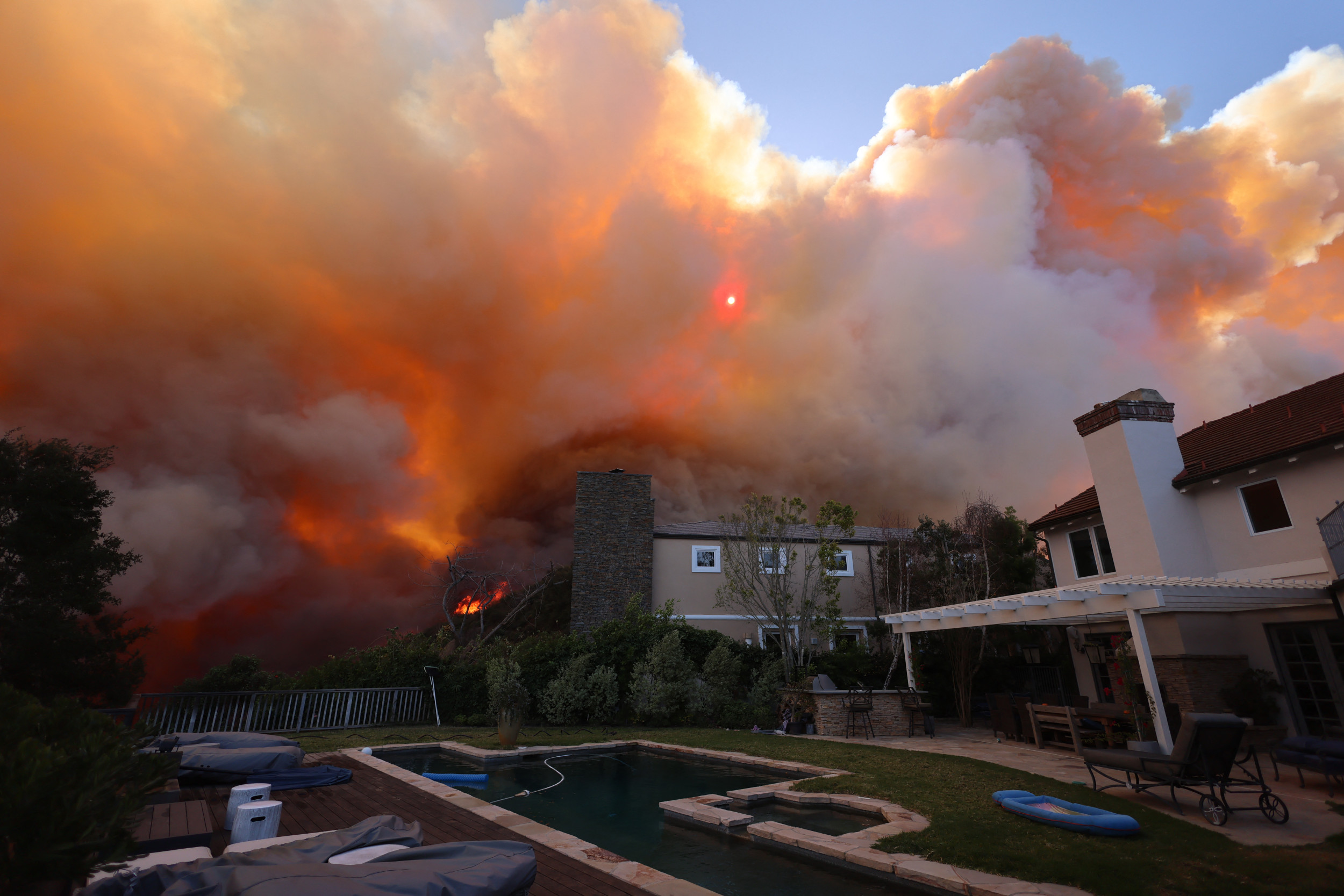A video showing the cockpit view of a plane having to "land itself" amid low visibility has gone viral on TikTok.
The clip was taken by @subject_0_, a pilot who did not share their name or the company they work for. The footage has amassed 198,000 views since it was posted on December 30. The pilot captured the footage using sunglasses with built-in cameras, "so it is completely hands free and safe," the poster told Newsweek.
The video was taken a few days ago on a commercial flight operated on an Airbus A320 aircraft. The plane was approaching Zurich Airport in Switzerland amid low visibility and fog. The caption shared with the post says "Diving into a CAT3," and "CAT 3 is in reference to the type of landing, meaning an autoland due to the inhibited visibility," the pilot explained.
The footage shows the plane gliding above the clouds before its view is later completely covered by fog. "The risks [of an autoland] are that low visibility approaches require a lot of monitoring of systems, as the aircraft must now land itself," the poster said.

Flight crew will opt for an autoland—an automatic landing where "the pilot gives control over to the autopilot" mode—during poor visibility conditions, such as fog, mist, low clouds, blowing snow, haze and dust storms, explains the Pilot Institute, an aviation training provider accredited by the International Accreditors for Continuing Education and Training (IACET). The institute is also a U.S. Federal Aviation Administration (FAA) safety team industry member.
"The autopilot can perform a 'formulaic' landing on any runway equipped with a suitably certified instrument landing system," commonly known as an ILS, the institute notes.
The pilot from the viral TikTok clip told Newsweek: "The weather limitations are much more strict [for autolands] compared to a manual landing, such as cross wind limitations, and permissible defects on the aircraft are more restrictive too."
He added that "any failures that occur during the landing sequence would need to be quickly analyzed in order to determine if we can continue or abort the approach, so the procedures are more complex too."
According to the Pilot Institute, "generally, the aircraft autoland system is only used when visibility precludes a visual landing." Pilots rely on visual references to perform the final stages of a landing and these can be hard, sometimes impossible, to see with poor visibility.
While autolands serve a purpose, "they are used reluctantly and with great caution in most circumstances," the Institute notes.
The autopilot is typically "extremely reliable," but as it is just a computer, it lacks the decision-making skills and the "natural 'feel' that comes from having a human being in the controls" and tends to produce less "refined" results in the landing than a human pilot, the Institute says.
In general, planes can handle "significant amounts of rain" and heavy rain will only be problematic when visibility is reduced near the runway or "unique weather phenomena" are present, causing rain droplets to freeze onto the aircraft, according to the Pilot Institute.
If the rainfall is heavy enough, forward visibility can drop below the required level for safe operation close to and on the ground. This condition is usually "short-lived and rare" and only associated with thunderstorms, the Pilot Institute said.
In an advisory dated February 2013, the FAA warned that "weather recognizable as a thunderstorm should be considered hazardous, as penetration of any thunderstorm can lead to an aircraft accident and fatalities to those on board."
Visibility is typically "near zero within a thunderstorm cloud" and "hazards are increased when associated with the other thunderstorm hazards of turbulence, hail, and lightning that make precision instrument flying virtually impossible," the FAA notes.
Do you have a travel-related video or story to share? Let us know via life@newsweek.com and your story could be featured on Newsweek.




















 English (US) ·
English (US) ·